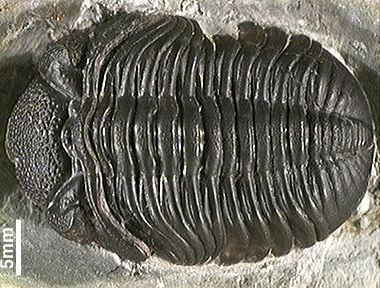
Study Questions - The Neutral and Nearly Neutral Models
1) Differentiate between hard and soft selection (again).
2) All genetic variation is NOT of selective value. Give two examples.
3) Through equations, show why the rate of substitution = the mutation rate.
4) What predictions does the neutral model make abou the rates of molecular evolution in: codon positions, exons vs. introns, functional vs. non-functional regions of proteins, and vital vs. non-vital proteins?
5) How can these differences in rate be explained from a selectionist perspective?
6) Should neutral sustitution rates follow a generational or absolute clock?
7) How does Ohta's nearly neutral model, which looks at the relative effects of weak selection and drift, explain this discrepancy between an expected difference based on genration time, and the observed susbstitution rate that is constant and independent of generation time?
8) Does the rate of molecular evolution cary in lineages with different rates of morphological change?
9) What is an adaptive "landscape", and what do "hills" and v'valleys" in such landscapes represent?
10) Selection, by itself, will drive a population up a mean fitness slope; regardless of whether or not this slope leads to the highest peak in the landscape. As such, a population may, as the result of selection, become fixed on a suboptimal genotype. In the context of this metaphoical landscape, explain how drift, coupled with selection, can increase the likelihood that a population finds the optimal genotype for a given environment.
11) in this context, explain peripatric speciation.